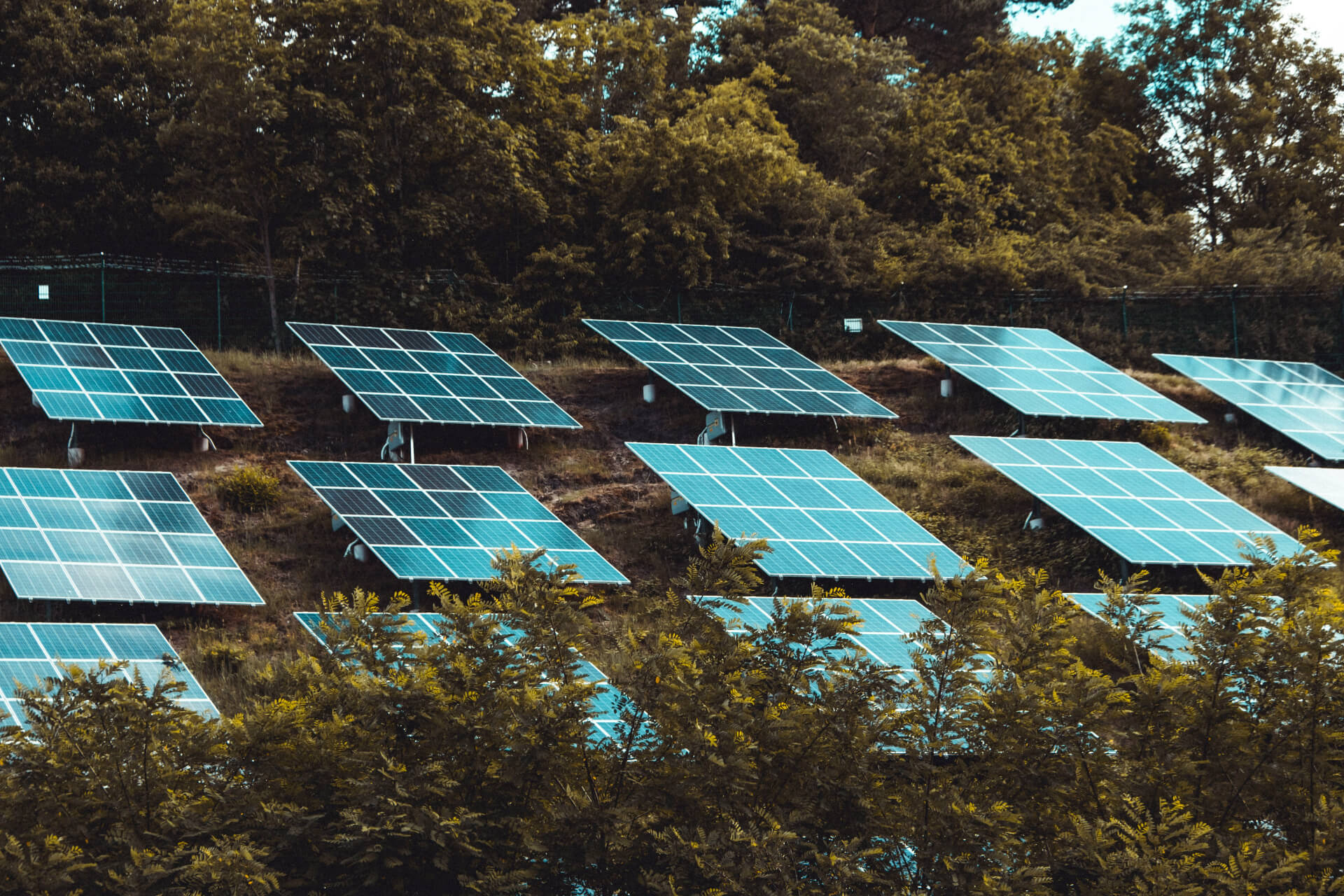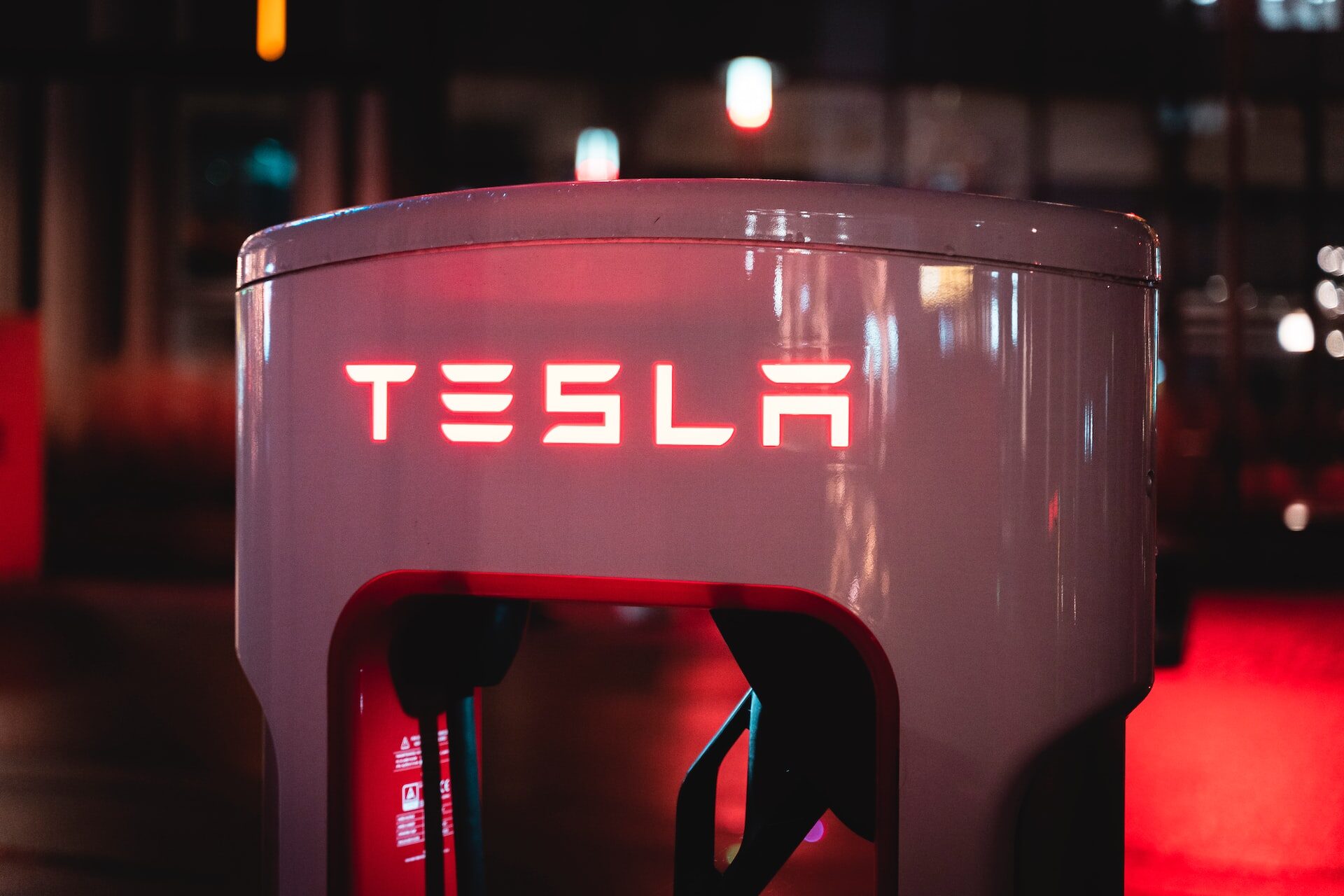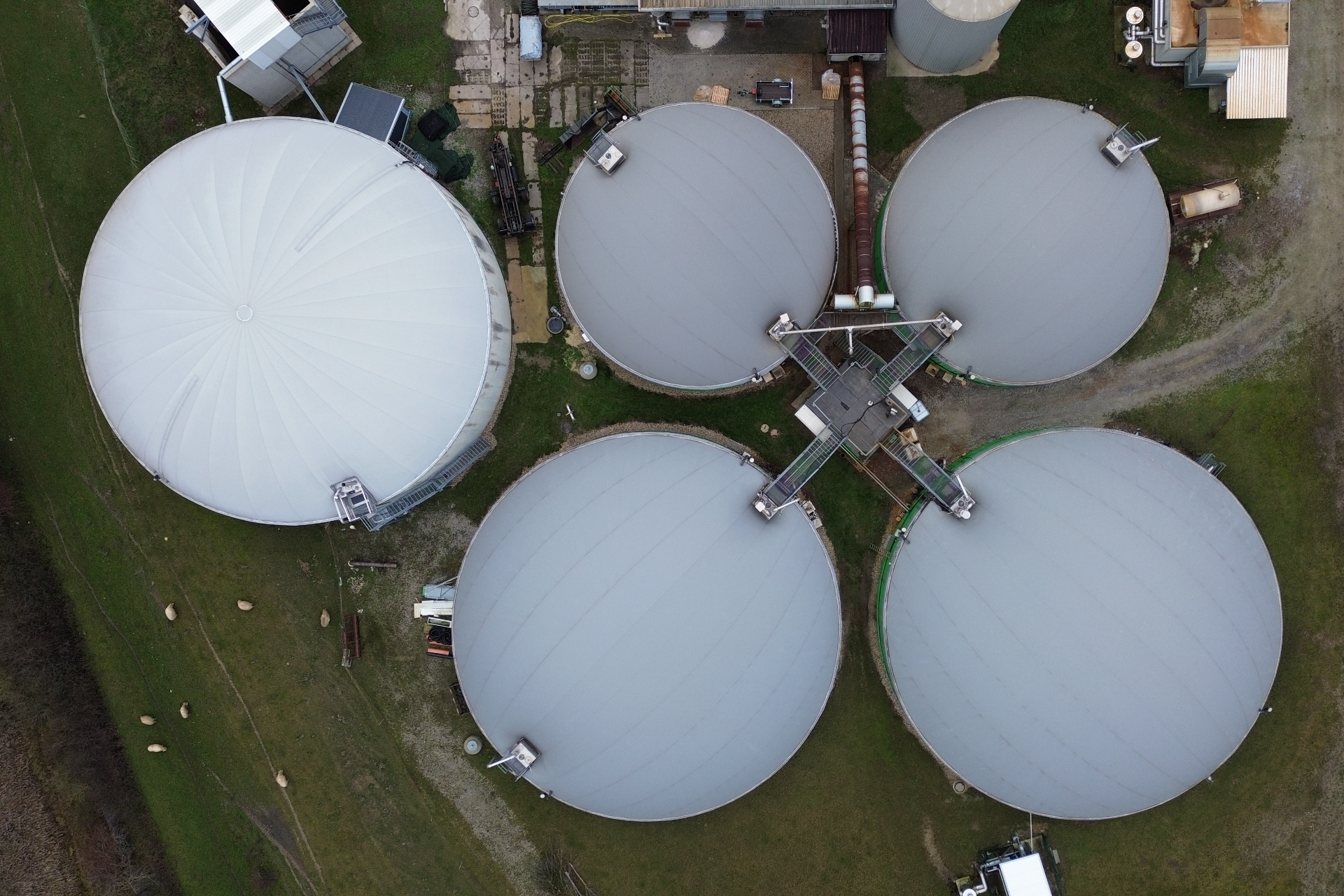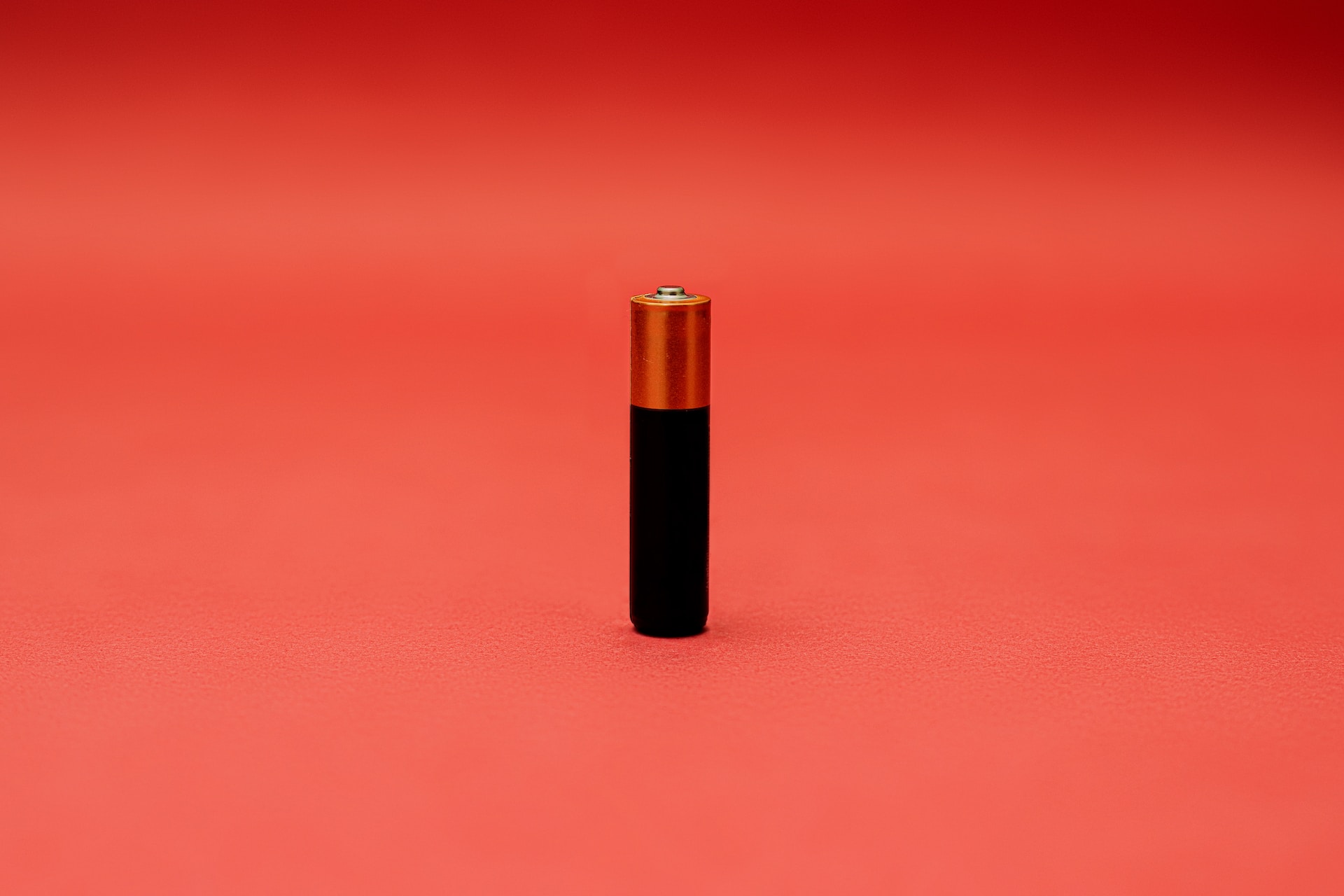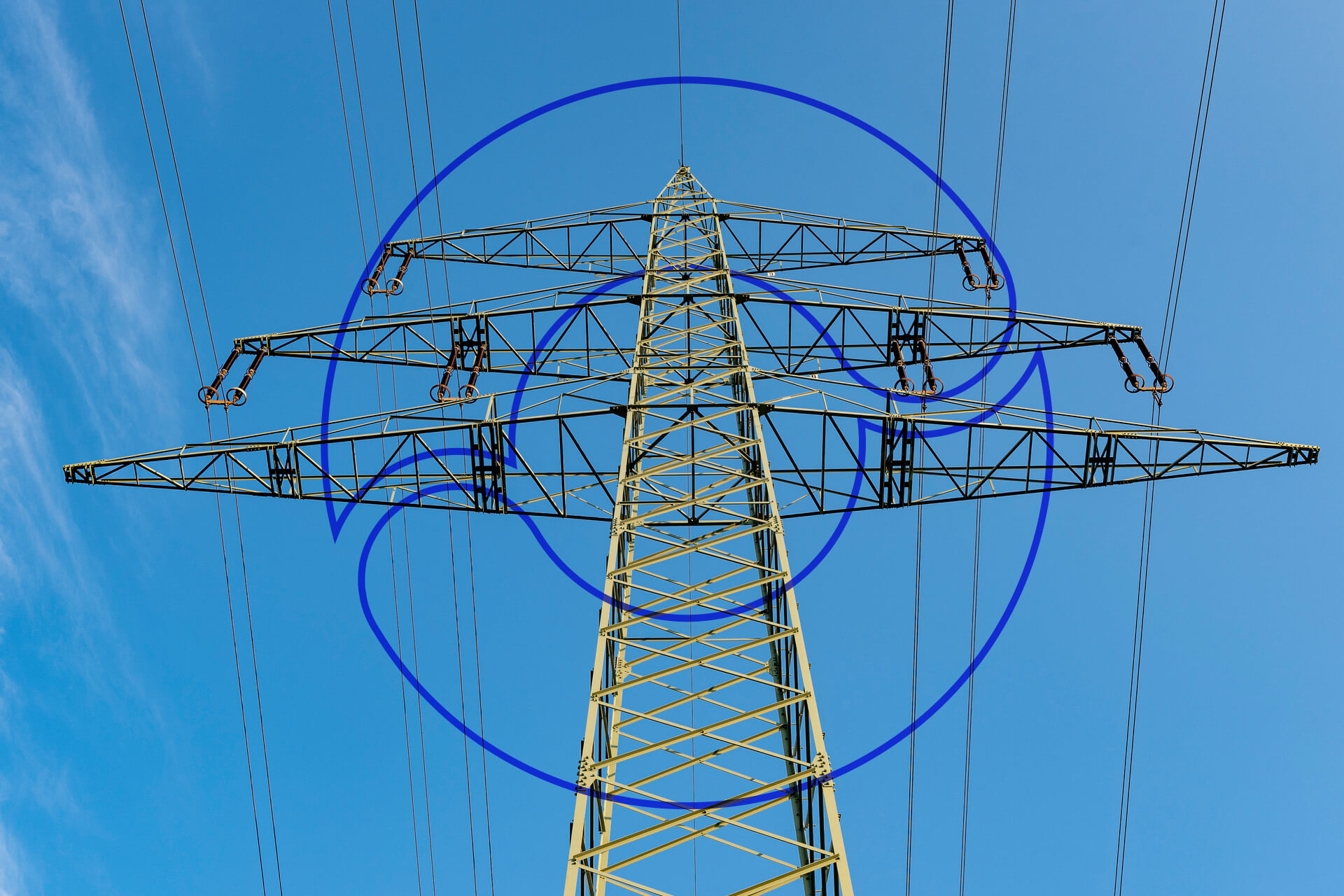
Wildfires, Green Energy and Ransomware: Why We Need Grid Modernization
March 10, 2022 - Emily Newton
Revolutionized is reader-supported. When you buy through links on our site, we may earn an affiliate commision. Learn more here.
America’s grid infrastructure is aging and, in some areas, prone to failure. Experts believe that the grid as it exists today isn’t built to meet customer needs or prepared for future challenges — and without grid modernization, it could begin to fail.
Grid modernization can refer to many different processes necessary to prepare the grid for the future energy landscape. As natural disasters, climate change and shifting sources of power put new stress on the grid, these processes may help keep the grid stable.
What Is Grid Modernization?
Grid modernization is not an exact phrase. Depending on the stakeholder you hear it from, it may mean many different things.
Across the spectrum, grid modernization typically involves upgrading, repairing or replacing existing grid infrastructure to meet modern customer needs. The term may also be used to refer to grid changes that improve grid cybersecurity, flexibility, affordability, resilience and support for green energy sources.
The least ambitious grid modernization plan may simply replace aging transformers, pylons and wiring. A more ambitious plan may involve new security initiatives, “microgrids,” and battery facilities that can store excess energy produced by power sources like offshore wind farms.
It’s likely that resilience will be most important in parts of the country prone to natural disasters.
In Texas, for example, grid operator ERCOT has struggled for several winters in a row to manage snowstorms and similar weather. As a result, grid modernization there may mean changes that improve cold-weather preparedness.
In California, we may see upgrades that prevent wildfires. On the East Coast, however, operators may prefer changes that help harden the grid against hurricanes or heavy rain.
Local adoption of green energy sources may also influence the area definition of grid modernization.
In parts of the country that see rapid growth of solar, hydroelectric, wind or other renewable energy sources, grid modernization may tackle attendant problems of green energy adoption — like the energy supply “duck curve” that has emerged in California over the past few years.
Why Do We Need Grid Modernization?
The grid at it exists no longer meets customer needs and isn’t prepared for future challenges. For example, operators may soon face disasters made more intense by climate change, cybersecurity threats and renewable energy adoption.
1. Changing Consumer Needs
Customer needs are evolving fast, especially in the wake of COVID-19.
The pivot to remote work, along with other factors, has resulted in fast-rising demand for reliable home electricity. At the same time, demand, in general, is continuing to rise, and existing grid infrastructure can’t always keep pace with customer needs.
In addition, widespread adoption of electric vehicles means that a subset of demand for power previously met by gasoline needs to be fulfilled by the grid.
If improvements to EV battery technology — like new batteries that don’t rely on the rare materials lithium and cobalt — make the vehicles a practical alternative to cars powered by internal combustion engines, this new power demand could rise even faster.
2. Climate Change and Natural Disasters
The grid is threatened by the growing intensity of natural disasters like hurricanes and wildfires.
In some cases, aging grid infrastructure is directly responsible for making these natural disasters worse, as in California.
It’s likely that we’ll continue to face unusually cold winters, strong hurricanes and similar disasters well into the future. As a result, the grid will need modernization to remain stable.
3. Security Concerns
Connection of grid infrastructure to the internet provides operators with remote access and more information on grid operations. However, it can also expose that infrastructure to cyber attacks.
Hackers have already targeted critical infrastructure in America. The 2021 Colonial Pipeline hack shut down one of the largest American pipelines, significantly limiting gas supply to the U.S. East Coast.
The grid hasn’t fallen victim to an attack similar in scale to the Colonial Pipeline hack yet. However, the attack shows how vulnerable infrastructure has become. Experts are already warning that hackers could take the U.S. grid offline with a well-placed attack.
Cybersecurity experts have written that it is reasonable to believe hackers could target grid operators in the future. Without modernized cyber defenses and security training, an attacker could knock critical grid infrastructure offline — with potentially devastating results.
4. New, More Efficient Grid Technology
Grid operators have access to a range of new technologies that can make grid management more efficient, or enable new management strategies. For example, smart meters can allow for a smart grid that automatically adjusts its operation based on variables like demand.
New management strategies like the microgrid can help to distribute power production and make local infrastructure more resilient, helping to ensure the grid can function through natural disasters and other crises.
The ongoing pivot away from fossil fuels and towards green power sources has also created a new challenge for grid operators
Businesses are already at work creating battery facilities that can store excess energy from renewable energy sources. However, these facilities will likely need significant additional investment before they can provide the storage capacity needed to prepare the grid for a future without fossil fuels.
How Can We Modernize the Grid?
Depending on what a local grid needs, there are various strategies that operators can use to modernize the grid.
In some areas, simple upgrades to existing infrastructure and audits of current equipment may be enough to prepare the grid for future crises.
However, other areas may need more extensive changes — like the development of battery storage facilities and “microgrids.”
Basic Grid Modernization
In general, America’s grid infrastructure is showing its age. States like California continue to rely on infrastructure that was designed to provide power to a few million customers, rather than tens of millions.
Grid operators can likely make significant progress towards grid modernization by auditing the grid and replacing outdated equipment.
Grid Storage and Green Energy Preparedness
Fossil fuel-fired power plants can increase or decrease production based on grid needs. Sources of renewable energy, like wind and solar, cannot. As a result, they tend to overproduce at certain times of the day — typically, not during peak hours.
Overproduction by green energy sources can create what’s called a “duck curve,” peaks and ramps in the power supply curve that can strain grid infrastructure. Fortunately, there are various strategies operators can use to manage this problem.
Interconnection of grids can help to smooth out local imbalances in supply and demand. Smart demand management can tweak customer behavior, shifting demand to times of the day when renewables tend to overproduce.
However, the most useful strategy will likely be grid storage. With a large enough battery facility, the grid can simply store excess energy and level out supply crests or troughs.
Microgrids
A microgrid is a local grid with “control capability,” according to the U.S. DOE definition of the term. If necessary, a microgrid can disconnect from the local, national or state grid and continue to function.
The microgrid functions like a normal grid, but has a single point of connection to the larger grid, a common coupling, that can be used to separate the microgrid and the main grid. These grids can help to ensure reliability or provide connections to resources that are too unreliable for a standard connection to the grid.
Supporting technologies, like AI, can further improve microgrid efficiency and reliability.
Grid Cybersecurity
Legacy cybersecurity strategies — like security through obscurity — are no longer enough to defend the grid. Grid operators need to implement modern security and forensic platforms that allow them to identify and mitigate threats more effectively.
As a result, cybersecurity investment is more important than ever.
Grid Modernization Can Prepare the Grid for the Future
The grid is under serious stress. Changing consumer behaviors and new environmental factors could make the problem worse.
Grid modernization would help grid operators prepare for future challenges by updating obsolete infrastructure. Replacing old equipment, developing microgrids, investing in grid storage and updating grid cybersecurity may all be necessary to make the grid modern.
Over the next few years, as challenges like extreme weather and green energy change what we need from the grid, modernization may help operators keep the grid running.
Revolutionized is reader-supported. When you buy through links on our site, we may earn an affiliate commision. Learn more here.
Author
Emily Newton
Emily Newton is a technology and industrial journalist and the Editor in Chief of Revolutionized. She manages the sites publishing schedule, SEO optimization and content strategy. Emily enjoys writing and researching articles about how technology is changing every industry. When she isn't working, Emily enjoys playing video games or curling up with a good book.
